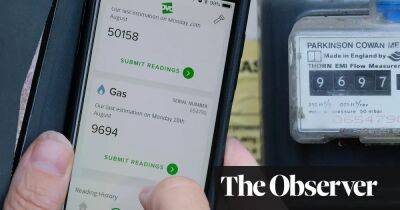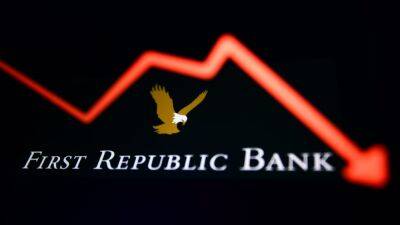EU plan to ban up to 7,000 dangerous chemicals failing badly, says study
A plan to ban up to 7,000 of the most potentially dangerous chemicals on the European market by 2030 is failing badly, according to a study.
A year ago, the EU launched a roadmap to banning groups of toxic substances linked to environmental damage and serious illnesses such as cancers, hormonal disruption and reprotoxic disorders. These included all bisphenols, the most dangerous flame retardants, and the increasingly controversial PFAS chemicals (per- and polyfluoroalkyl substances).
Also known as “forever chemicals”, PFAS formulations accumulate in the natural environment where they take hundreds of years – or longer – to degrade. They were used so ubiquitously over the last century that one US government study found them in the bloodstreams of almost all Americans, while a survey this year logged 17,000 contaminated sites in Europe — and 2,100 hotspots.
The restrictions roadmap was brought in as an interim measure to protect the public and nature while the European Commission finalises an update to its complex Reach programme (which centrally compiles data on modern synthetic chemicals, and sets rules for their governance).
But Reach has been delayed and the commission has so far used the roadmap to implement bans on just 14 chemical groups, of which only two appear watertight, according to a joint report by the green law group ClientEarth and the European Environmental Bureau.
Hélène Duguy, ClientEarth’s law and policy adviser, said lagging action showed “the failure of the EU’s piecemeal approach to chemical bans. This approach means that people and our environment are not protected against the most harmful chemicals. This needs to change now. European authorities and the EU commission have all legal tools to rescue this
Read more on theguardian.com



















